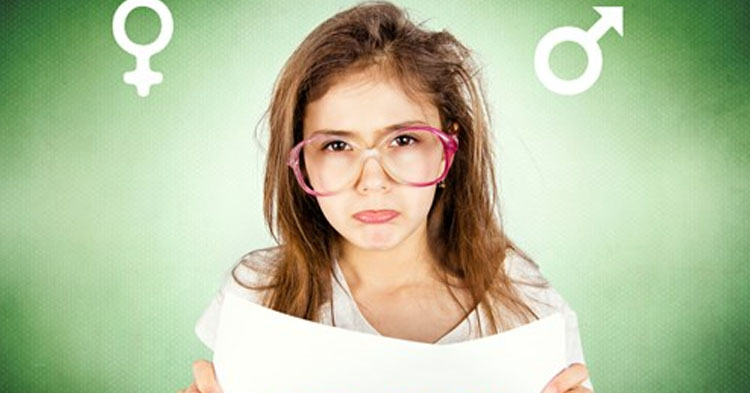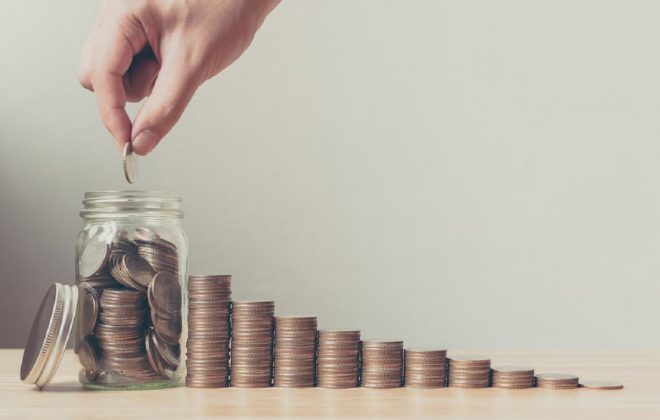Are women paying more than men for everyday stuff?
Ladies, if you think you’re already over-taxed keep reading as we talk you through a tax you may not even know you’re paying: pink tax.
Pink tax – when lady-specific products cost more than the same thing for men – reared its ugly in the US 20 years ago when the result of a Harvard Law Review study in 1995 found that, on average, women paid $1,351 per year more for the same or similar products as their husbands, sons, fathers or lovers. The findings had such an impact on the state of California, that it became the first state to ban gender-discriminatory pricing.
This kind of legislation hasn’t moved beyond America, so this women’s month the MoneyShop team has taken a close look at local prices to determine if South African women are paying as much pink tax as their sisters elsewhere.
What women are paying more for across the world
Reports of women paying more for products than their male counterparts include everything from dry cleaning to clothing and even personal care products. According to more recent research, women in the US pay up to 50% more for everyday products than men. Female shampoos were some of the culprits, coming in at a whopping 48% more. Deodorants, too, made the list of problem products because of the fact that they were an average of 20% more expensive for females.
How does South African pricing stack up?
As your pal from pay cheque to pay cheque, we donned our dark-glasses and wide-brimmed hat and headed off to a popular local supermarket to compare product prices for ourselves…
Luckily international pricing practices don’t seem to spill over into South Africa too much… In fact, most products that we looked at seemed to be priced almost exactly the same, except for a couple of products that were grossly more expensive for girls than the same derivative for boys. But then again, of the 11 products we considered, three were more expensive for men, while only two were more expensive (albeit a lot more expensive) for ladies.
Double whammy: often women earn less and pay more
What makes gender-discriminatory pricing even more impactful is the fact that women, both internationally and in South Africa, still earn significantly less than men. At home, we see a pay gap of up to 34% between males and females who do the same job. This means that women don’t just pay more, but they earn less too, leaving them with less disposable income and potentially less economically empowered over all.
The takeaway…
While it seems to be the luck of the draw as to which gender pays more for products, the pay gap definitely doesn’t help – just another reminder why it’s important to pay attention to the products we buy and the prices we pay for them. Savvy consumerism can help us save a good buck or two, which all adds up at the end of the month.
MoneyShop





